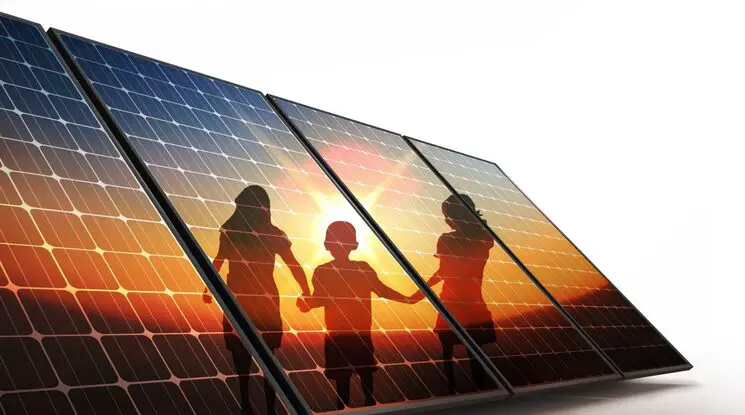As the world grapples with the challenges of climate change and the urgent need for sustainable energy solutions, the spotlight is increasingly turning towards solar power. Solar energy has proven to be a clean and abundant source of renewable energy, but its intermittent nature has posed challenges for widespread adoption. In 2024, a wave of breakthrough technologies and innovations is set to revolutionize solar energy storage, paving the way for a more reliable and efficient renewable energy future.
Next-Generation Battery Technologies
One of the most anticipated advancements in solar energy storage is the development of next-generation battery technologies. Traditional lithium-ion batteries, while widely used, have limitations in terms of energy density and lifespan. Researchers and engineers are now exploring alternatives such as solid-state batteries and lithium-sulfur batteries.
Solid-state batteries, for instance, offer higher energy density and improved safety compared to conventional lithium-ion batteries. These batteries use solid electrolytes instead of liquid electrolytes, reducing the risk of overheating and enhancing overall performance. In 2024, we can expect to see commercial applications of solid-state batteries in solar energy storage systems, providing a more efficient and durable solution.
Graphene Supercapacitors
Graphene, a single layer of carbon atoms arranged in a hexagonal lattice, is gaining attention for its remarkable electrical properties. Graphene supercapacitors have the potential to revolutionize energy storage by offering rapid charging and discharging capabilities. In 2024, we anticipate significant advancements in the integration of graphene supercapacitors with solar energy systems.
These supercapacitors can complement traditional batteries by providing quick bursts of energy when needed, addressing the intermittent nature of solar power. The lightweight and flexible nature of graphene also opens up possibilities for integrating supercapacitors into various applications, from wearable devices to electric vehicles, further enhancing the versatility of solar energy storage.
Advanced Energy Management Systems
The effectiveness of solar energy storage relies not only on the storage devices themselves but also on intelligent energy management systems. In 2024, we can expect the emergence of advanced energy management systems that leverage artificial intelligence (AI) and machine learning algorithms to optimize energy storage and consumption.
These systems will be capable of predicting energy demand patterns, weather conditions, and grid requirements, allowing for proactive and adaptive control of solar energy storage. By integrating real-time data and predictive analytics, energy management systems will maximize the utilization of solar power, ensuring a reliable and stable energy supply even during periods of low sunlight.
Hybrid Energy Storage Solutions
To address the limitations of individual storage technologies, researchers are exploring hybrid energy storage solutions that combine the strengths of different storage technologies. In 2024, we anticipate the deployment of hybrid systems that integrate batteries, supercapacitors, and other energy storage technologies in a synergistic manner.
For example, a hybrid system might use batteries for long-term energy storage and supercapacitors for short-term, high-power demands. This combination allows for a more flexible and responsive energy storage solution, optimizing performance and extending the lifespan of the overall storage system.
Advancements in Solar Thermal Storage
While most attention has been on electrical storage solutions, advancements in solar thermal storage are also on the horizon. In 2024, we can expect breakthroughs in materials and design for solar thermal storage systems, which harness the heat generated by sunlight for later use.
Innovations in high-temperature materials and efficient heat transfer mechanisms will enhance the efficiency and scalability of solar thermal storage. This technology could play a crucial role in addressing the energy needs of industries and remote areas where traditional electrical storage solutions may not be as practical.
Conclusion
The future of solar energy storage looks promising. Breakthrough technologies in solar batteries, supercapacitors, energy management systems, hybrid solutions, and solar thermal storage are set to revolutionize the landscape of renewable energy. These innovations not only promise a more sustainable and reliable energy future but also contribute to the global effort to combat climate change. As governments, industries, and researchers collaborate to bring these technologies to the forefront, 2024 may well be remembered as a pivotal year in the journey towards a cleaner and greener energy landscape.




